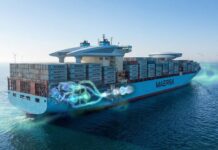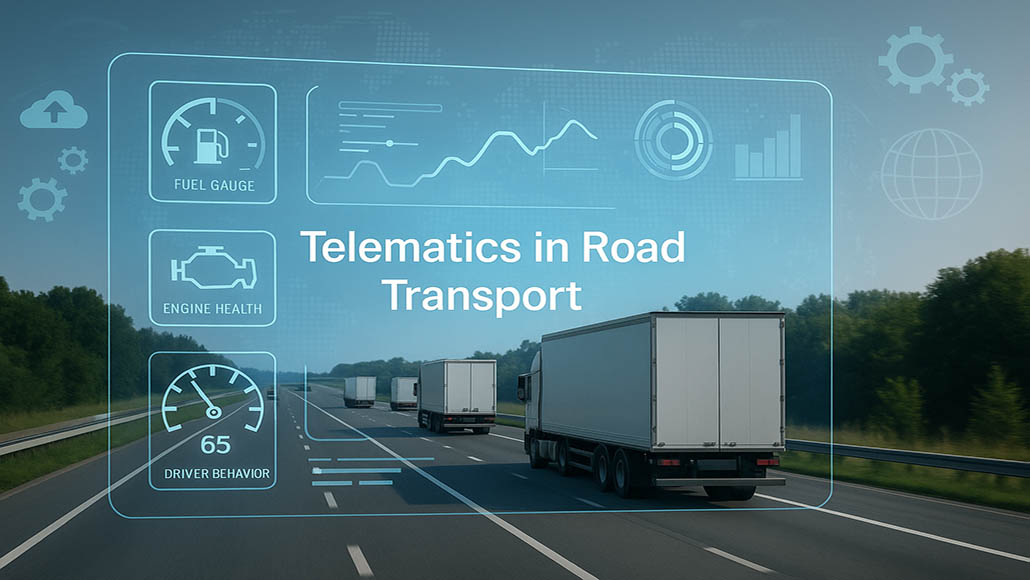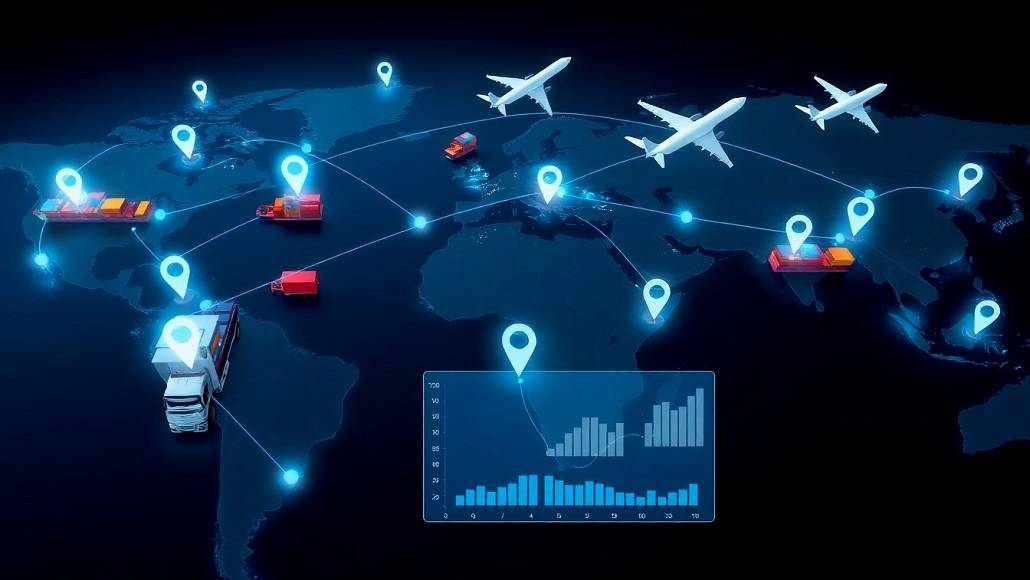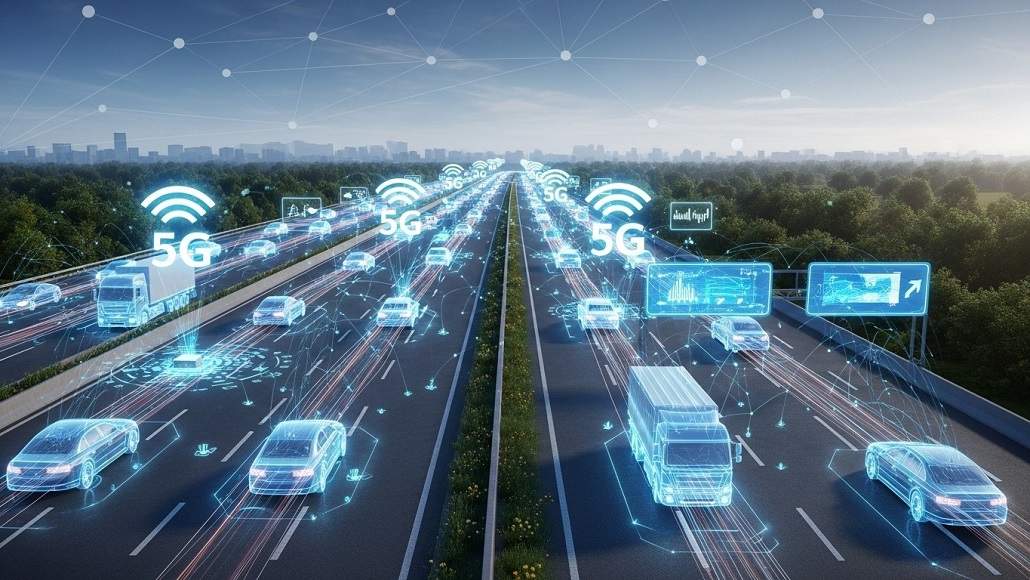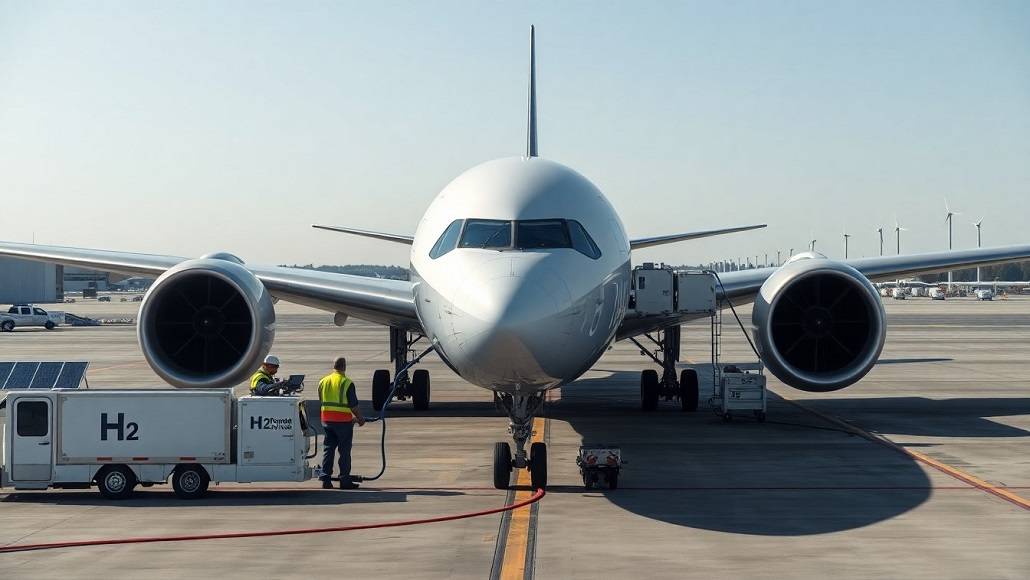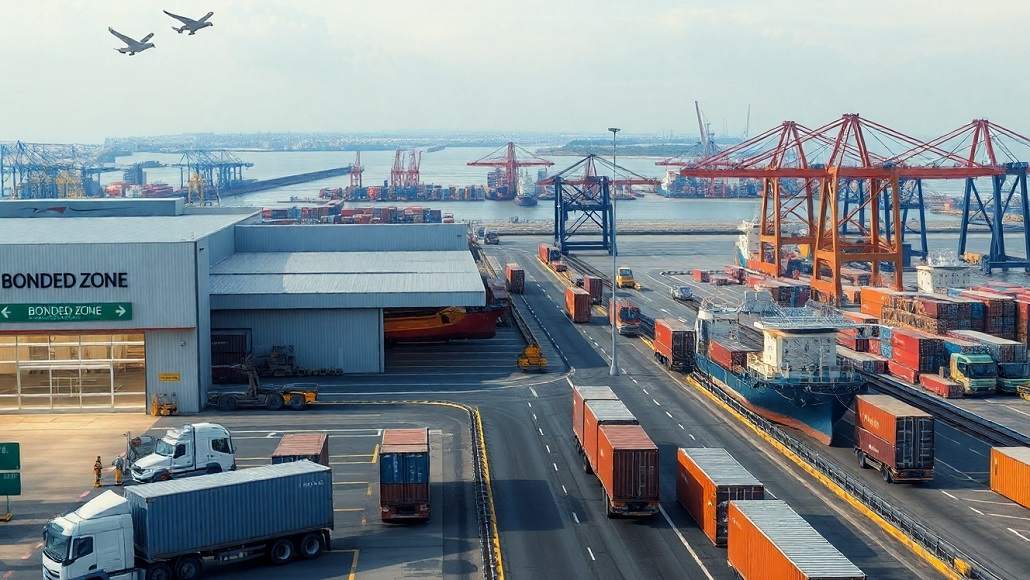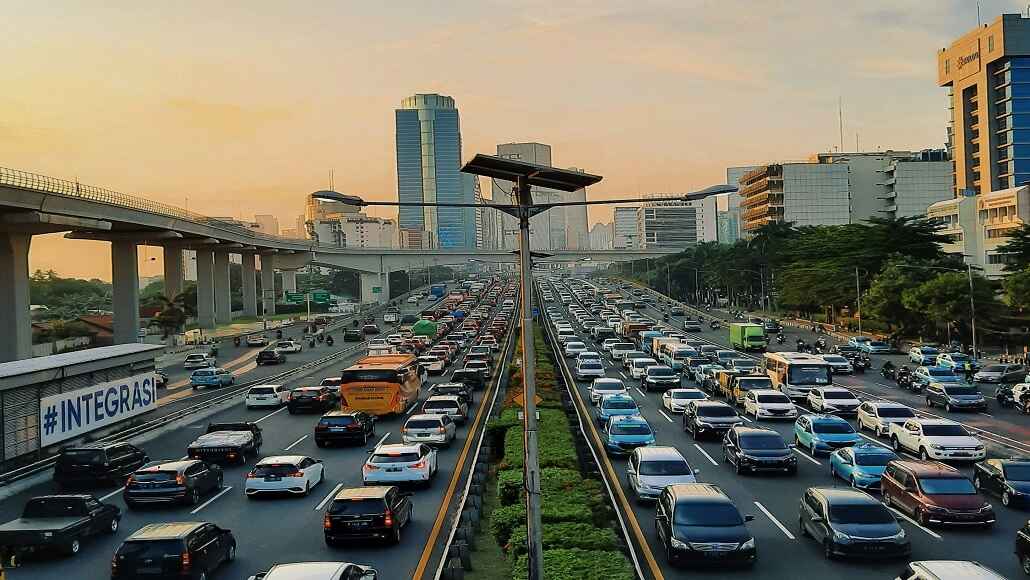The transportation sector happens to be on the brink of a massive transformation with heavy-duty vehicle electrification, going on to emerge as a major driver of change. As the societies across the world look forward to meeting their ambitious climate objectives and also reducing their greenhouse gas emissions, electrification when it comes to heavy-duty vehicles like trucks, buses, and commercial fleets has become a very crucial part of this solution. It is well to be noted that heavy-duty vehicle electrification is not only a technological advancement, but it is also a paradigm shift towards a cleaner, more sustainable, and more innovative future in transportation.
2025 is all set to be the landmark year for heavy-duty vehicle electrification and is going to be driven by supportive government policies, rising investments by automakers as well as energy companies, and advancements in battery technology. This revolution is indeed shaping the transportation spectrum and, at the same time, is also addressing environmental barriers and setting up the stage for a net-zero emission future.
Heavy-duty vehicle electrification – The momentum it gets
Electrification when it comes to heavy-duty vehicles has gained a lot of traction in the years that have gone by. It has been fueled by global climate steps and also the immediate requirement to decarbonize the transportation sector. As per the report from Macho Levante, the transportation sector comprises almost 20% of the global carbon emissions, with heavy-duty vehicles contributing disproportionately because of their dependence upon fossil fuels.
In response to this, the governments across the world are executing strict emission deduction targets and also providing incentives in order to speed up the adoption of electric vehicles. For instance, the European Union has already made a 55% reduction in CO₂ emissions for heavy-duty vehicles by 2030 a compulsion, while the United States, along with China, has gone on to introduce tax credits and subsidies in order to promote EV adoption. By 2025, these policies are expected to act as a catalyst for a prominent shift within the heavy-duty vehicle market by driving the rollout of electrified fleets on a worldwide scale.
It is well to be noted that even the automakers are also playing a very crucial role when it comes to this transformation. Leading manufacturers like Daimler, Volvo, Tesla, and BYD are investing in a big way when it comes to the development of electric trucks and buses by expanding their product portfolios. In order to meet this growing demand, their commitments happen to signal a wider industry-wide shift, thereby highlighting the inevitability when it comes to heavy-duty vehicles as a trend that is dominant within the transportation segment.
Advancements in battery technology
At the center of heavy-duty vehicle electrification lies the fast development within battery technology. Batteries are the lifeblood when it comes to electric vehicles and determine their performance, range, and, of course, cost. In the past, there have been significant strides within lithium-ion battery chemistry, which has led to energy densities that are higher, reduced costs, and faster charging times, therefore making electrification a much more viable option for heavy-duty applications.
As per the insights from Macho Levante, the lithium-ion battery expense has decreased by over 85% since 2010, and there are more reductions that are expected by 2025. This kind of reduction is, indeed, very critical when it comes to the economic feasibility of electric heavy-duty vehicles, as the battery costs comprise a significant portion of their overall price.
Then there are emerging technologies like solid-state batteries along with ultrafast charging systems, which are anticipated to further speed up the electric heavy-duty vehicle adoption. Solid-state batteries offer much higher density and enhanced safety compared to the conventional lithium-ion batteries and are projected to enter commercial production by 2025, thereby addressing the durability and range concerns that have historically dominated the electrification of heavy-duty vehicles.
Moreover, the advancements within the charging infrastructure are also playing a very critical role. The high-power charging stations, which are capable of delivering almost 1 MW of power, are being rolled out across major transportation corridors, helping the heavy-duty vehicles to recharge within minutes and not hours. These kinds of developments make sure that electric trucks as well as buses can function in a seamless way throughout long distances by meeting the demand requirements in terms of public transportation and freight.
Economic and Environmental Advantages
It is worth noting that, economically, electrification goes on to offer long-term cost savings when it comes to freight operators. Although the upfront cost of electric heavy-duty vehicles is still higher than their diesel counterparts, the lower operating cost because of reduced fuel and maintenance expenses goes on to offset the initial investment with time. As per Macho Levante, the electric trucks and buses can attain a total cost of ownership parity with diesel vehicles as early as 2025, making them a very attractive choice for freight operators who are looking to reduce operational expenses and also improve their sustainability.
The environmental benefits when it comes to heavy-duty vehicle electrification cannot be overrated. By way of replacing diesel-powered engines With electric drivetrains, heavy-duty vehicles can prominently decrease greenhouse gas emissions, lower noise pollution, and also enhance air quality. This kind of shift is especially crucial in urban areas where there is a greater concentration of heavy-duty vehicles that bloats the pollution and also negatively affects public health.
Besides this, the shift to electrification is also creating new opportunities economically, rolling out jobs, and also helping with innovation throughout industries. Right from battery manufacturing and energy storage to charging infrastructure and software integration, the electric revolution is indeed driving economic growth as well as technological innovation on a worldwide scale.
Overcoming the barriers
In spite of the massive potential when it comes to heavy-duty vehicle electrification, there are numerous challenges that still remain. The scalability when it comes to battery production, the charging infrastructure expansion, and renewable energy sources integration within the power grid are all crucial elements that need efforts that are coordinated between stakeholders, governments, and industries.
In addition to this, limitations in range and charging times have traditionally been major barriers to heavy-duty vehicle electrification. But as the battery technology enhances and ultrafast charging stations become more visible, these kinds of barriers are being addressed too. Governments, along with private enterprises, are investing heavily in expanding their charging networks and making sure that the infrastructure development syncs with the vehicle adoption.
Moreover, the environmental impact when it comes to battery production along with disposal has to be managed in a very careful and thoughtful way. The extraction of raw materials like cobalt, lithium, and nickel happens to pose prominent environmental and ethical issues. In order to lessen these concerns, the industry is looking forward to alternative material choices, initiatives that are based on recycling, and also circular economy models in order to decrease the environmental footprint in terms of battery production.
2025 and beyond – a vision
As we pass through 2025, the vision when it comes to heavy-duty vehicle electrification becomes clearer. By way of transforming the transportation sector, electrification is not only enabling us to combat the effects of climate change, but it is also redefining the way goods and people happen to move throughout the world.
It is worth noting that the public sector support is going to remain a cornerstone for this revolution. Governments have to continue to offer incentives that are based on finance, invest in infrastructure, and also adopt regulatory frameworks that encourage adoption and innovation. Partnerships between automakers, policymakers, and energy providers are going to be essential when it comes to overcoming the remaining barriers and attaining widespread electrification.
Undoubtedly, the private sector too has a very crucial role to play. Freight operators, public transportation agencies, and even logistics companies have to embrace electrification from a strategic point of view and further make use of its economic as well as environmental advantages in order to stay competitive in this ever-increasing sustainability-focused market. And lastly, consumer awareness along with behavioral shifts will also influence the adoption. The success of electrification at the end of the day depends on its capacity to meet the requirements as well as expectations of end users – Whether they are freight operators looking forward to efficiency or passengers demanding quiet and clean public transportation choices.
Conclusion
Heavy-duty vehicle electrification is not just a technological progress, but it is a transformative movement that is addressing some of the most unavoidable challenges that are faced by the planet. By way of replacing diesel engines, along with electric choices, heavy-duty vehicles are decreasing the carbon emissions, creating a more sustainable transportation spectrum, and also enhancing public health. By way of advancements within battery technology, supportive policies, as well as industrial innovation, the electrification of heavy-duty vehicles is all set to become one of the most defining features within the global transportation arena. While there are barriers that remain, the collective efforts coming from industries, consumers, and, of course, governments are driving the progress at a pace that is unthinkable.
As the heavy-duty vehicle market enters into an era that is very new, its potential to revolutionize transportation cannot be overlooked. We all know the fact that the future is electric and the next transport revolution is already in place. With 2025 at its halfway mark already, heavy-duty vehicle electrification is not only powering the vehicles, but it is, at the same time, molding a greener, cleaner, and more sustainable planet.





